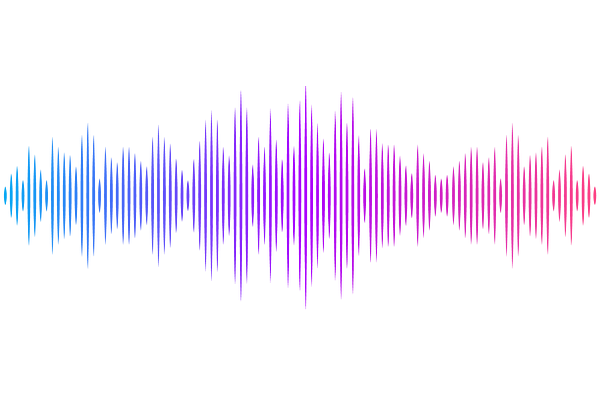Generation of spermatogonia from pluripotent stem cells in humans and non-human primates

Generation of spermatogonia from pluripotent stem cells in humans and non-human primates
Whelan, E. C.; Hwang, Y. S.; Seita, Y.; Yokomizo, R.; Leu, N. A.; Cheng, K.; Sasaki, K.
AbstractFailures in germline development drive male infertility, but the lack of model systems that recapitulate human spermatogenesis hampers therapeutic development. Here, we have developed a system to differentiate human induced pluripotent stem cells (iPSCs) into primordial germ cell-like cells that self-organize within xenogeneic reconstituted testes (xrTestes) generated from mouse fetal testicular cells. Subsequent transplant of xrTestes into immunodeficient mice resulted in efficient generation of undifferentiated and differentiated spermatogonia as well as preleptotene spermatocytes with striking similarities to their in vivo counterparts. As future clinical application will require testing in non-human primates, we utilized a similar strategy to differentiate rhesus iPSCs through all fetal germ cell stages into spermatogonia-like cells. Together, these models will serve as steppingstone to completion of human male in vitro gametogenesis.